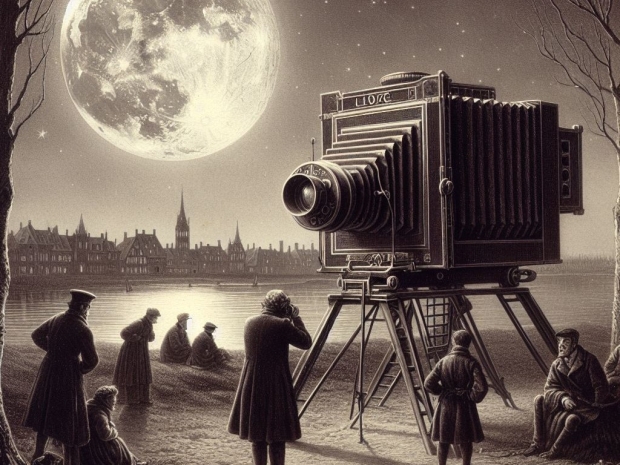The Rubin Observatory's primary mission is the monumental 10-year Legacy Survey of Space and Time (LSST), a continuous observation of space that will amass a mind-boggling 60 petabytes of data. This treasure trove of information will span everything from the composition of the universe to the intricate formation of our solar system.
The LSST Camera, with its 1.55-metre-wide optical lens, is a marvel of precision and versatility. It will capture a 15-second exposure of the sky every 20 seconds, changing filters to view light across the entire spectrum, from near-ultraviolet to near-infrared. This constant vigilance will create a timelapse of the heavens, unveiling fleeting celestial events for other scientists to study and monitor changes in the southern sky.
The team needed a digital camera of Rolls Royce quality to achieve this. The camera, which weighs a hefty 2,812 kilograms, costs many million times that of an actual Rolls Royce. Each of the 21 rafts that make up the camera's focal plane is the price of a Maserati, and they're worth every penny if they collect the sort of data scientists expect.
SLAC physicist Aaron Roodman, the lead boffin on the camera programme, said, "I'm most excited to study the expansion of the Universe using gravitational lenses to better understand Dark Energy."
According to an SLAC release, Rodman said the camera's images could "resolve a golf ball from around 24 kilometres away while covering a swath of the sky seven times wider than the full moon."
The first images from the Rubin Observatory are slated to be publicly released in March 2025. However, several vital tasks still need to be completed before that can happen. For one, the SLAC team has to ship the LSST camera safely to Chile from its current lodgings in northern California. Then, the observatory's mirrors must be readied for testing, and the observatory's dome must be completed. But once all that is complete, the legacy survey will launch into a decade's scientific discovery. Rubin Observatory estimates suggest that LSST could "increase the number of known objects by a factor of 10," according to an SLAC release.

